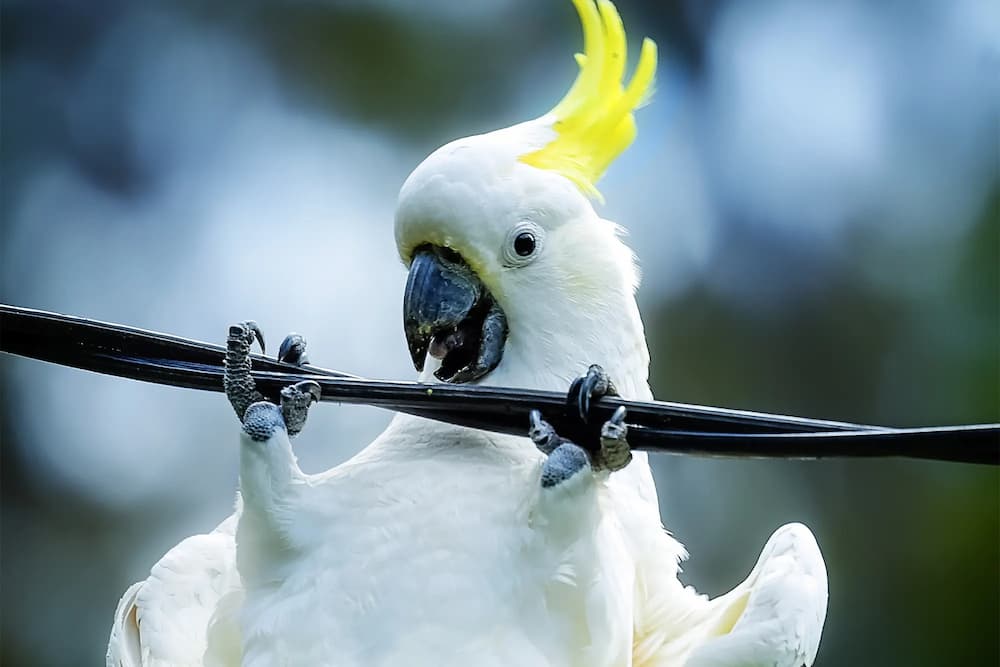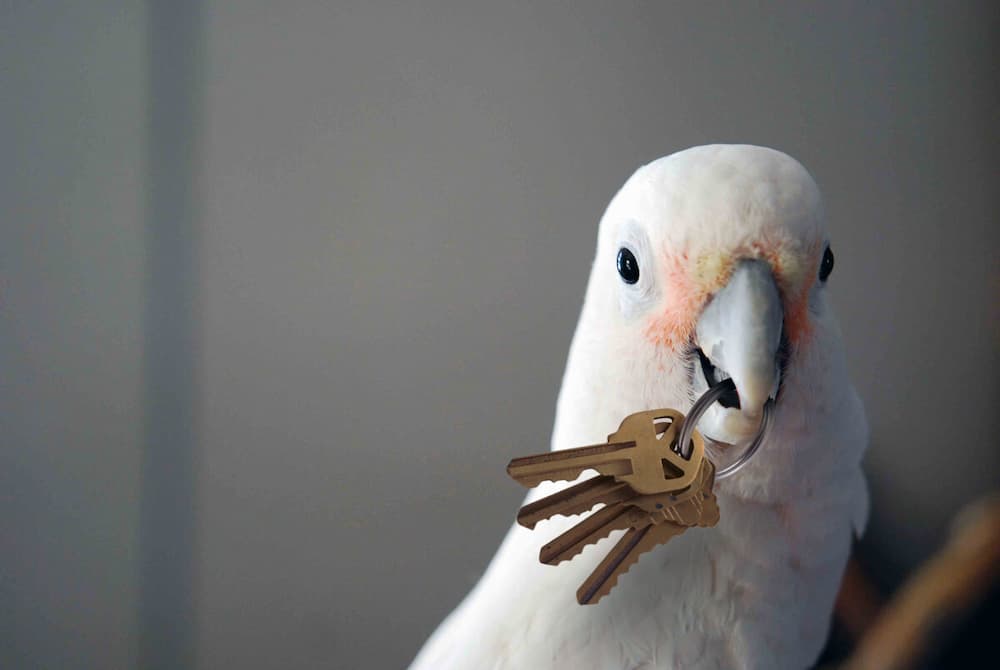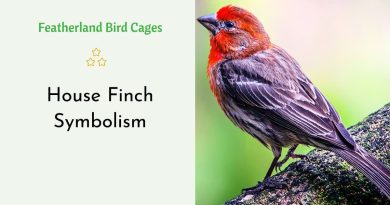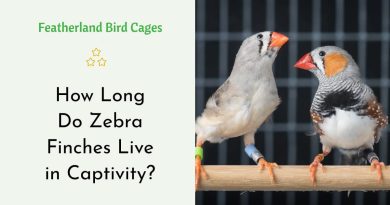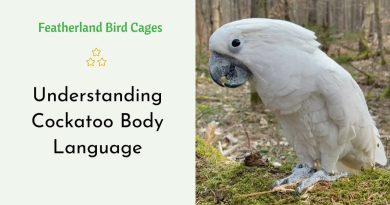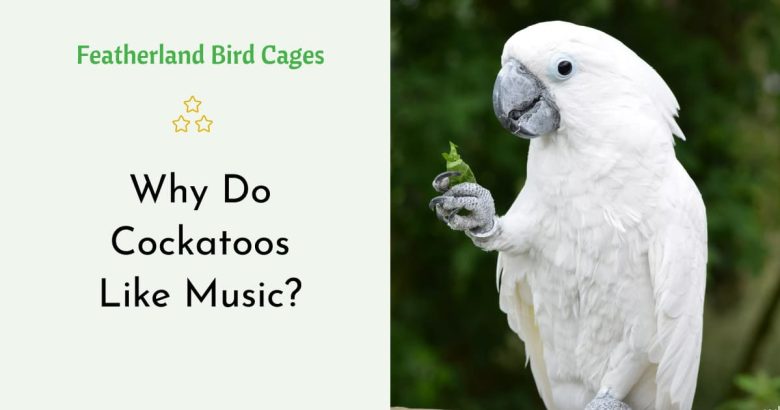
You may have seen a video of Snowball, the sulfur-crested cockatoo whose dance moves went viral. He was filmed dancing to Backstreet Boys songs by owner Irena Schulz.
Schulz noticed that Snowball’s head movements were in sync with the beat. This is a rare ability in animals.
It suggests that cockatoos can connect music with feelings of pleasure and interest.
Why do cockatoos dance?
The beat and rhythm of music may fascinate cockatoos, causing them to bob their heads or move their bodies. Their movements could also be a way of showing their excitement or pleasure. In addition, cockatoos may puff up to show that they enjoy the music.
The sulphur crested cockatoo named Snowball made headlines when it was seen dancing to Backstreet Boys songs on YouTube. In the video, the bird bobbed its head to the beat and threw its wings in the air.
Scientists studied the video and discovered that the bird was able to dance in sync with the beat. A neurobiologist named Aniruddh Patel found that Snowball could synchronize its body movement with the sound’s beat and speed, and even adjust its movements when the song changed its pace. This is similar to how humans dance. In fact, it’s the first time an animal has been found to do this.
Cockatoos respond to music
Cockatoos bob their heads, kick their legs and spread their wings while dancing to music. This is an innate behaviour they have and it shows their liking towards music and the beat of the song.
Moreover, this bobbing of their head also shows that they understand the beat and its speed. It means that they can dance to a tune at various speeds and still stay in sync with the rhythm.
While chimpanzees have been seen drumming and harbor seals can follow a beat, palm cockatoos are the first animals to have ever created music using their own sound tools. Their musical beats are consistent over time and have repeating components, similar to how humans create music.
However, some cockatoos may vocalize displeasure or protest against certain types of music. For instance, if the music is noisy or it has a negative association with a past experience, it could trigger an emotional response and cause them to puff up.
Cockatoos dance to music
Cockatoos love to bounce their heads and move their wings when they hear music that they enjoy. They can even change the way they dance depending on the speed of the beats in the music. This can be a fun activity for them and also a great way to bond with their caretakers.
Moreover, they may also spread their wings when listening to their favorite song. This makes them look very beautiful and appealing. Their body movements also show their excitement and happiness.
In the wild, male cockatoos use certain head and body movements to court females. However, these cockatoos usually only dance for pleasure and happiness. They may also display this behavior around their caretakers to demonstrate that they like them. Cockatoos are known for their velcro nature and they want to spend time with their human companions. This is why they will do anything to entertain their owners.
Cockatoos spread their wings to music
A cockatoo that dances to music can be quite a sight. The bird will bob its head and move its wings as it dances to the beat of the song. Some cockatoos even change their dancing style depending on the speed of the song’s beat.
Scientists are impressed by the ability of Snowball, a cockatoo that became an internet star for its Backstreet Boys dance moves. According to an article published in Current Biology, the bird’s dance skills aren’t just for show.
It is also possible that cockatoos dance to communicate with their owners. By puffing out their feathers and crouching, the birds are telling their owners that they want attention.
This behavior is similar to human body language, and it can indicate that a cockatoo likes a particular person or activity. If a cockatoo doesn’t do this when listening to music, it could be a sign that it is unhappy or sick. In this case, the owner should take it to a vet for a checkup.

